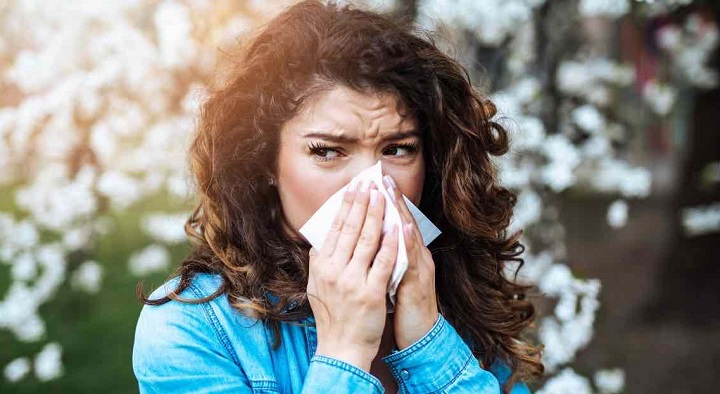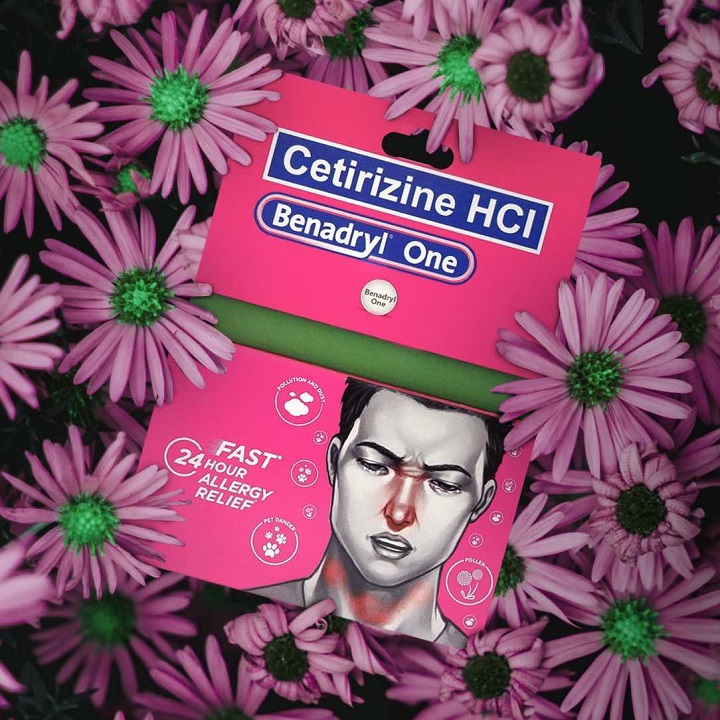
Living in a tropical country like the Philippines during the rainy season exposes us to a unique set of allergens that can disrupt our well-being. From the increased pollen floating through the air once the rain stops to the microscopic dust mites hiding in our homes, these allergens can turn enjoyable moments into uncomfortable experiences.
By identifying the specific allergens that affect us, adopting simple lifestyle adjustments, and using proper medication, we can improve our daily lives. From modifying our home environment to minimize exposure to allergens like mold and dust mites to understanding how pet dander triggers our reactions, every step counts. It’s not about eliminating allergens entirely, but rather equipping ourselves with the right knowledge to confidently navigate our daily routines.
“While the rain can wash the pollen away and reduce pollen levels, it can also make plants like grasses and weeds grow, flower, and produce more pollen. The humid environment is also conducive to the growth of molds and dust mites. The rainy season, therefore, may either be a boon or a bane for allergy sufferers,” says Dr. Madeleine Sumpaico, Pediatric Allergist and Immunologist.
Understanding allergy triggers and adapting lifestyle changes
The Philippines is known for its high humidity, soaring temperatures, and abundant vegetation. While these environmental factors contribute to the beauty and richness of our surroundings, they can also be potential triggers for common allergies.
1. Mold
The start of the rainy season brings with it a heightened risk of mold growth, thanks to the damp and dim conditions it creates. Mold, a variety of fungus that generates airborne spores, has the ability to grow on a wide range of surfaces, both indoors and outdoors, including bathrooms, basements, and even leaves. While commonly associated with warmer months, mold can persist year-round if it finds a hospitable environment within your home.
Taking steps to eliminate mold and prevent its growth is crucial in order to avoid triggering allergies and asthma symptoms. You can do this by ensuring proper ventilation in moist corners and minimizing humidity in your home.
2. Dust Mites
Similar to molds, dust mites are tiny creatures that thrive in the rain, particularly a prolonged one, making them commonly found in soft household items like beds, fabrics, plush toys, and carpets. They reproduce rapidly and have a slow rate of death, particularly in poorly ventilated spaces filled with dust. Dust mite allergies can occur year-round.
The most effective approach to managing dust mite allergies is to minimize exposure to them. While it is impossible to completely eliminate dust mites from your home, you can greatly reduce their population by using allergen-proof bed covers, washing bedding weekly, and regular vacuuming.
3. Pollen
Pollen is produced by trees and plants and is a major contributor to seasonal allergies or more commonly referred to as “allergic rhinitis.” Despite being small in size, it can easily be carried by the wind and inhaled. If you reside in an area where there are abundant trees that release a significant amount of pollen, allergy symptoms can occur throughout the year.
It can be quite challenging to steer clear of pollen, but you can still reduce your exposure to pollen by remaining indoors on dry and windy days or wearing a dust mask when pollen counts are elevated.
4. Pet Dander
Dander is a widely prevalent allergen in the country, primarily due to the large number of Filipinos who keep furry pets such as cats and dogs in their homes. It is found in animal saliva, urine, and skin, and is constantly shed by all cats and dogs, regardless of their breed. Furthermore, it can easily be transferred from one home to another, even if you do not have pets of your own.
If you have a pet allergy, it is crucial to minimize your contact with them. Additionally, if you have been outside, especially in places where there are pets, it is advisable to refrain from walking around the house with your shoes and promptly shower and change your clothes.
Importance of using proper medication
When lifestyle adjustments are not enough to manage your allergies, finding an effective medication is crucial. “We take pride in being recognized as the preferred option for individuals seeking relief from allergies in the Philippines. Our commitment remains strong in providing Filipinos with the necessary support to manage their allergies effectively and enhance their well-being,” says Crismer Tria, franchise lead for self-care, Kenvue Philippines.

Benadryl has become synonymous with allergy relief, providing comfort, and convenience to those in need. Its active ingredient, diphenhydramine, is an antihistamine that helps counteract the body’s allergic response, allowing it to effectively target symptoms such as sneezing, itching, nasal congestion, and skin irritations. The availability of different formulations, including oral tablets, capsules, and topical creams, also allow individuals to choose the most suitable option for their specific symptoms.
Allergies are a common issue faced by Filipinos, affecting their overall health and daily routines. To effectively manage these allergies, it is important to identify common allergens and understand their triggers. Additionally, the appropriate use of medication plays a significant role in alleviating symptoms. That’s why Kenvue Philippines strives to provide access to suitable allergy medications like Benadryl. Known for its proven effectiveness and diverse range of formulations, Benadryl remains a trusted brand among many Filipinos seeking relief. By utilizing this medication, individuals can regain control over their lives, ensuring a better quality of life free from the burdens of allergies.

Realize the extraordinary power of everyday care today.

